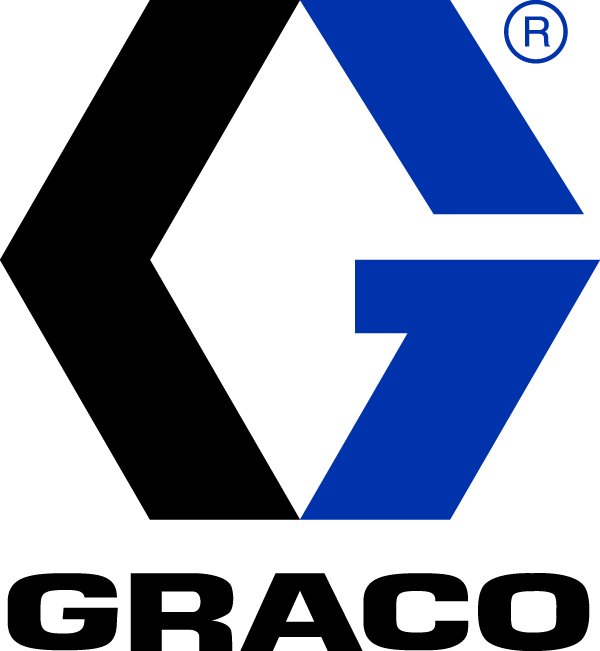In the world of airless sprayers, manufacturers often tout bold claims about their equipment’s capabilities—especially when it comes to how much paint they can apply per stroke. But are these claims always as reliable as they seem? Let’s take a deeper look into the truth behind these numbers, and what they really mean for your painting efficiency.
One common marketing message in the airless sprayer industry is the claim that certain models can apply “more paint per piston stroke” than their competitors. The theory here is that longer piston strokes translate into more paint being delivered with each movement. This results in less wear on components and a more reliable sprayer.
However, the reality is a bit more complicated. While a longer piston stroke can potentially cover more surface area per stroke, it doesn’t necessarily mean you’re achieving more efficiency and less wear overall. In fact, a sprayer’s cycle speed, length and chamber volume all effect how much paint is pushed per stroke.
What Does “More Paint Per Stroke” Really Mean?
Fewer cycles per litre means the pump doesn’t have to work as hard to move the same amount of material, resulting in less wear on key components. This reduced strain leads to lower maintenance needs and extends the overall lifespan of the spray machine. Simply put, more efficient performance means your equipment lasts longer and stays in better condition.
The Cycles Required to Push 1 Litre of Paint
When comparing sprayers, one of the most important metrics to consider is how many cycles it takes to apply a specific amount of paint. The number of cycles required to push 1 litre of paint through the system is directly related to both the length of the piston stroke and the volume of the chambers in the pump.
Let’s break this down with some real-world test results. We tested the following sprayers and averaged over 3 attempts how many cycles they required to spray 1 litre of paint:
TriTech T4: 138 cycles
Wagner PS3.23: 162 cycles
Graco 490 XT: 185 cycles
The TriTech T4 comes out on top with the lowest number of cycles per litre of paint pushed through the system. And so whats the percentage decrese in efficiency of cycles per litre for the others compared to the top performer?
TriTech T4: 138 cycles (benchmark)
Wagner PS3.23: 162 cycles (-17% efficiency)
Graco 490 XT: 185 cycles (-34% efficiency)
As you can see, despite the Graco 490 XT’s claims of a longer piston stroke, it actually requires more cycles to push the same amount of paint when compared to similar TriTech and Wagner models. This highlights that simply having a longer stroke doesn’t always translate to faster coverage or better efficiency.
Beware of Misleading Marketing
It’s easy to get caught up in marketing buzzwords like “more paint per stroke” or “longer piston stroke,” but these terms don’t always paint an accurate picture of the sprayer’s true performance. To make an informed decision, it’s critical to look beyond the flashy claims and examine real-world test results and comparisons.
In the end, choosing the right airless sprayer isn’t just about how much paint it can apply per stroke—it’s about finding the balance between stroke length, cycling speed, and overall reliability. Always rely on facts and actual testing to ensure that you’re making the best investment for your painting needs.
The Bottom Line
If you’re in the market for a new airless sprayer, don’t be swayed by exaggerated marketing claims. Understand what’s behind the numbers and focus on the real factors that impact your work. By doing so, you’ll make a more informed choice, and your painting jobs will be more efficient, cost-effective, and hassle-free.
If you are looking for a new sprayer, come drop by or give us a call and we can definately sort you out.





